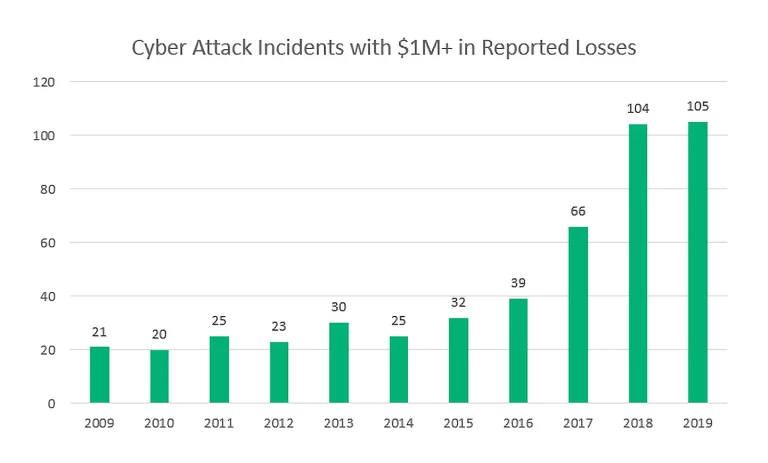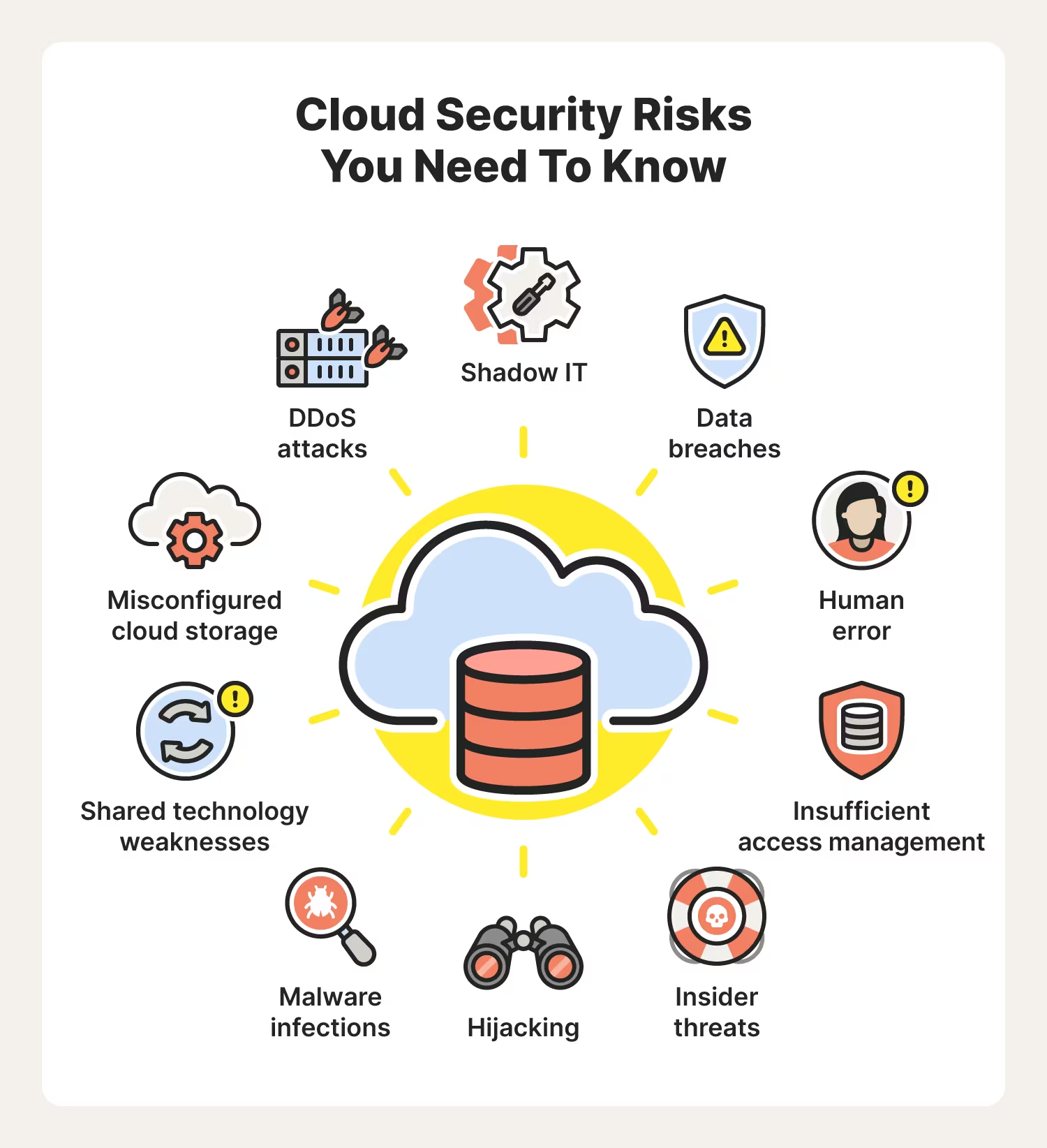The Unique Challenges of Public Sector IT
While the private sector can more freely try out new IT initiatives, government IT is accountable to its citizens. For this reason, public sector IT teams have little control over the budget and must ensure transparency in everything from purchasing decisions to data management.
There are four main challenges facing public sector IT today: lack of transparency, outdated infrastructure, insufficient staffing, and bureaucracy. IT departments in the public sector will (or should) be aware of these challenges, but the public sector beyond IT needs to better understand them as well, in order to push for changes that can lead to timely and adequate solutions.
Let’s explore these unique challenges in more depth—and look at some potential solutions to these problems.
Lack of Transparency
It’s true that government agencies are working to improve their transparency to respond to the needs of the public. However, outdated technology solutions are impeding these efforts. Transparency and open data should be a key priority as it:
- Fosters accountability and trust, which are necessary for the functioning of democracies.
- Drives improvements in public services by informing choice, which empowers citizens to shape their communities and services.
- Promotes economic and social growth through the innovative use of data.
Outdated Infrastructure
Every year, states spend tens of billions of dollars on IT. The problem is that most of that money is going to maintain legacy systems. With the majority of budgets spent on maintaining existing systems, there is little opportunity to invest in new solutions that could improve productivity.
In the public sector, government IT faces the challenges of outdated legacy hardware, data-center overload, and putting in place infrastructure that can handle up-to-date technologies. The crux of the problem is that legacy system incompatibility makes it unfeasible to simply install new systems (as these wouldn’t be able to communicate with legacy systems).
As a result of outdated infrastructure, the networks of many government agencies cannot fully support the requirements of cloud computing, mobile, the Internet of Things (IoT), or big data.
Insufficient Staffing
The private sector’s growing need for skilled IT is clear—after all, businesses and organizations are raising their voice about this issue constantly and are fighting for the limited talent pool.
For the public sector, on the other hand, the problem is far greater due to a growing retirement wave and the fact that personnel budgets tend to be even more restricted. When you combine both of these factors, it becomes much more difficult to attract highly skilled IT talent in the volume that’s needed to fill the gap.
Bureaucracy
Government IT personnel may be fully aware of the need to implement changes and adopt new technologies, but they’re often bogged down by bureaucracy, high levels of regulation, and limited access to resources.
For example, while IT security is considered a high-priority issue, it could be derailed by several obstacles, including:
- An inability to configure and interact between secured and unsecured environments.
- Encryption requirements.
- Identity access management challenges.
- Multiple stakeholders siloed across different agencies.
These and many other bureaucratic issues relating to the public sector mean that initiatives may be stalled.
Effective Solutions
Government IT has been forced to continue its operations despite growing network complexity, outdated systems, insufficient budgets/expertise, and levels of bureaucracy that slow down productivity and innovation. But there are solutions that can effectively deal with these sorts of challenges.
Government agencies are increasingly working to embrace data transparency and interagency collaboration in order to achieve a better customer experience. One of the main ways they can accomplish these goals is by utilizing a quality managed services provider (MSP).
MSPs that have a strong track record working with the public sector can offer government IT solutions — such as consulting on cloud implementations and IT expertise — on demand. Crucially, current budget models can easily accommodate these services.
Some of the most reputable and adept MSPs have the experience to support government IT departments in quickly navigating the bureaucracy of the public sector. These firms are skilled at handling budget constraints that allow them to identify and put in place the latest solutions that turn IT projects from inflexible capital expenses into flexible and affordable operating expenses.
Furthermore, MSPs that have extensive experience in the public sector can help government IT departments create winning proposals. This allows these departments to show the real-world effectiveness of a particular solution and its ROI. This is a vital aim, given that political stakeholders, department heads, comptrollers, and communities want to be convinced of the clear benefits of IT projects in terms of their cost savings and ROI.
Using an MSP can help local, state, and federal governments make their tech initiatives more open, responsive, up-to-date, and secure. This kind of service can meet the priorities of government IT departments, including cloud, consolidation, and big data/analytics.
When these technological demands are met, it becomes feasible to make new initiatives a reality—addressing many of the challenges facing public sector IT teams today.
Cyberlocke is a comprehensive, full-service IT services provider that architects and implements efficient and secure solutions for enterprise customers and their data centers. We specialize in security, cloud, managed services, and infrastructure consulting. Contact Us today to learn more.


